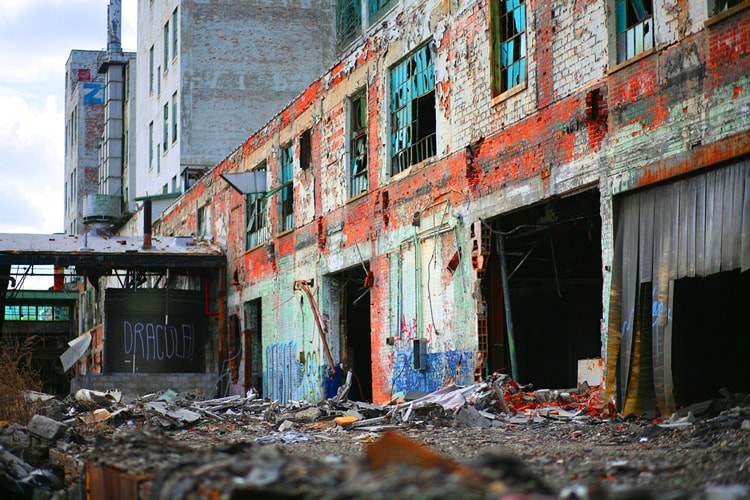
There’s something hauntingly beautiful about places left behind. Crumbling walls, broken windows, nature creeping over forgotten floors — ghost towns and abandoned buildings tell stories that time tried to erase. For some, they’re eerie. For others, they’re mesmerizing. Either way, these places capture the imagination in ways that bustling cities rarely can.
This is the quiet, powerful world of decay — where silence speaks louder than words, and every ruined structure whispers fragments of a story.
What Are Ghost Towns?
Ghost towns are settlements that were once thriving, but are now deserted. Some were mining towns that died out after resources were depleted. Others were villages abandoned due to war, natural disaster, or economic collapse.
Abandoned places, though not always full towns, include old hospitals, theme parks, factories, homes, and even entire islands. What binds them together is the shared sense of silence — and a strange, often accidental beauty.
The Allure of Abandonment
Why are people drawn to these places? The answer lies in the human love for stories. In a shiny skyscraper, everything is present. But in a ruin, you have to imagine. Who lived here? What were their dreams? Why did they leave?
Every broken object, faded wallpaper, and overgrown path becomes a puzzle piece.
Beauty in Decay: The Aesthetics of Ruins
There’s a concept called “ruin porn” — the artistic fascination with decay. Photographers and urban explorers are especially drawn to abandoned places because:
- Light behaves differently in ruined spaces, creating dramatic shadows and ethereal textures.
- Nature’s takeover — vines creeping through windows or trees growing through floors — reminds us of Earth’s power to reclaim.
- Imperfection becomes art — cracked paint, rusty metal, and shattered glass create compositions more emotional than polished surfaces.
In a fast-moving, ultra-digital world, ruins offer something rare: stillness and reflection.
Famous Ghost Towns and Abandoned Wonders
- Pripyat, Ukraine
Abandoned after the Chernobyl disaster in 1986, Pripyat remains frozen in time — schools, amusement parks, and homes still filled with belongings. - Kolmanskop, Namibia
A former diamond mining town slowly being swallowed by sand dunes, Kolmanskop is a surreal blend of architecture and desert. - Hashima Island, Japan
Also known as Battleship Island, it was once densely populated by coal miners. Today, it’s a concrete ruin in the middle of the sea. - Bodie, California, USA
One of the best-preserved ghost towns in America, Bodie was a gold rush boomtown that once housed thousands, now carefully maintained in arrested decay. - Varosha, Cyprus
Once a glamorous beach resort, Varosha was abandoned during political conflict in 1974 and remains largely untouched.
Ethical Urban Exploration
Exploring abandoned places is tempting, but it’s important to do so respectfully and responsibly. Here’s how:
- Always get permission if it’s private or restricted property.
- Leave no trace — don’t take anything, move anything, or damage the site.
- Be cautious — structures may be unstable, and some sites may be dangerous or illegal to access.
- Respect the story — these places once mattered to people. Treat them with dignity.
What These Places Teach Us
Ghost towns remind us of impermanence. They’re physical proof that nothing — not wealth, technology, or ambition — is forever. But instead of despair, they offer a different kind of beauty: quiet, reflective, and strangely alive.
In the decay of buildings, we find the endurance of nature, the fragility of human plans, and the endless curiosity that drives us to explore the forgotten.
Final Thought
In every peeling wall and dusty room, there’s a lesson waiting to be heard. Ghost towns may be abandoned, but they’re never truly silent — not if we’re willing to listen.


